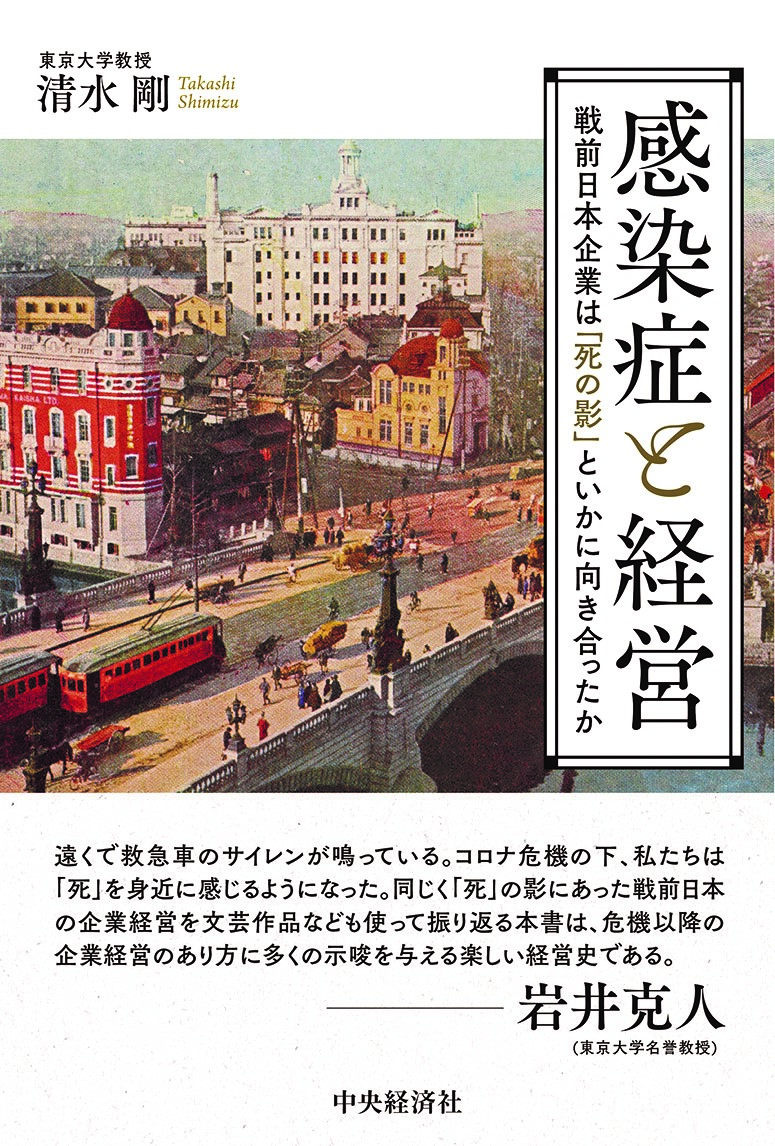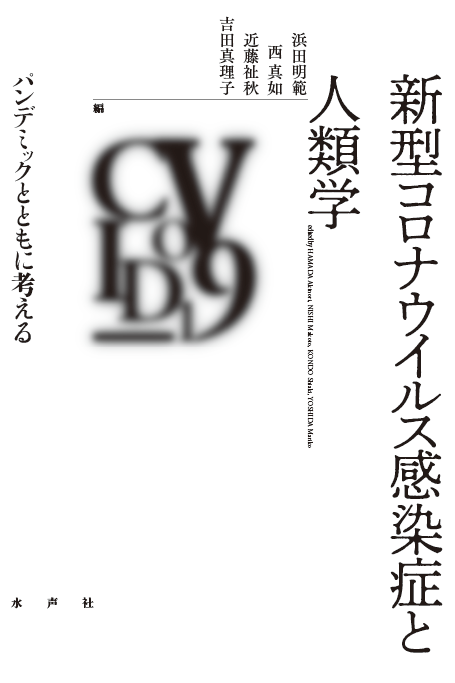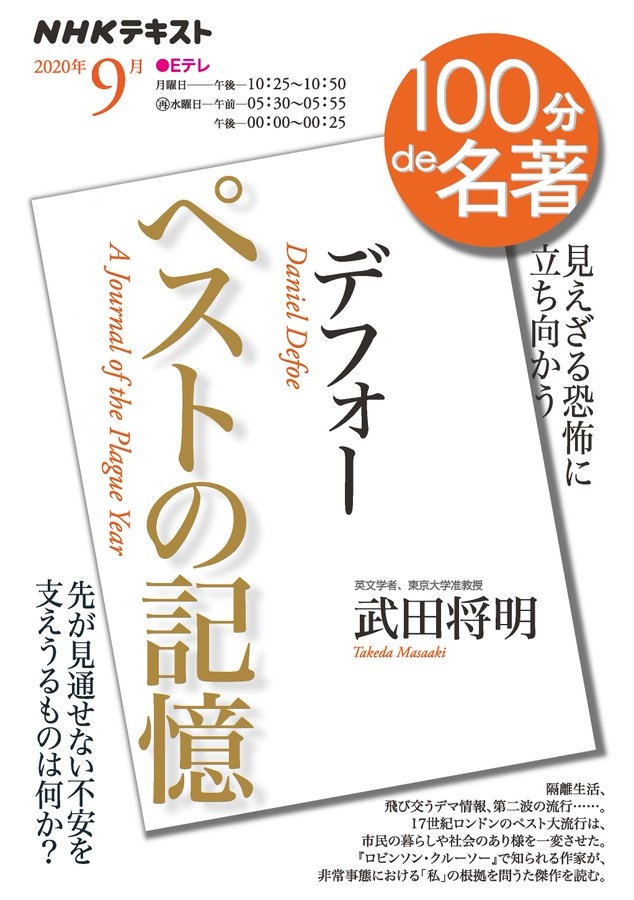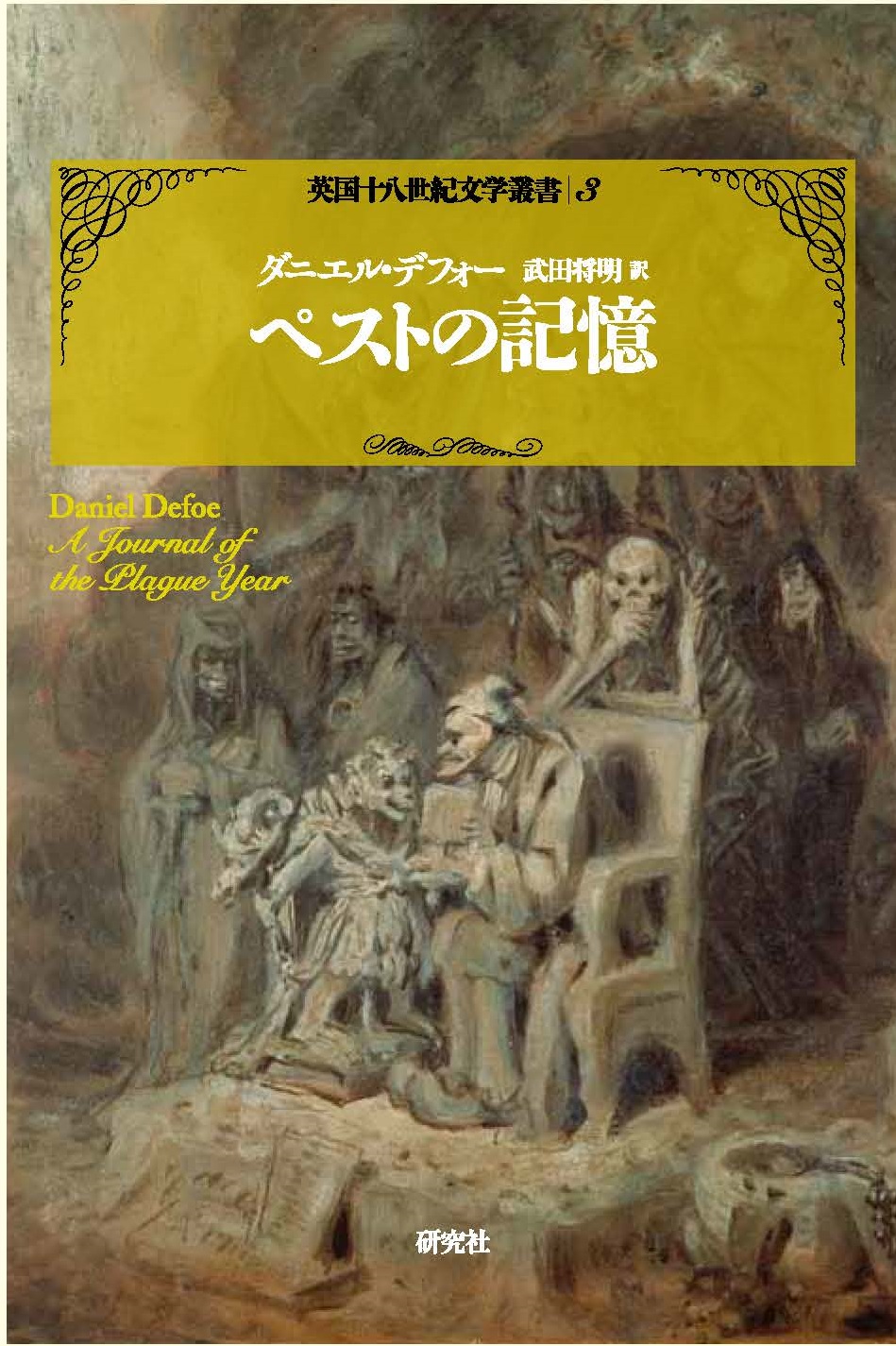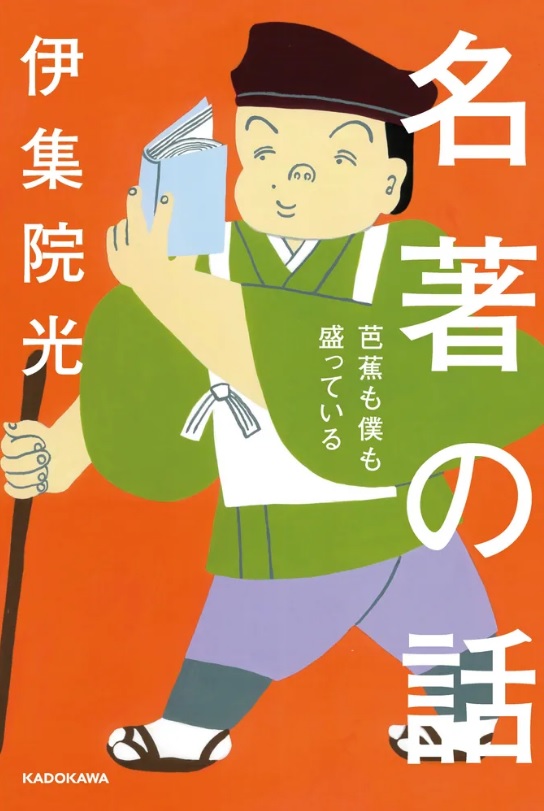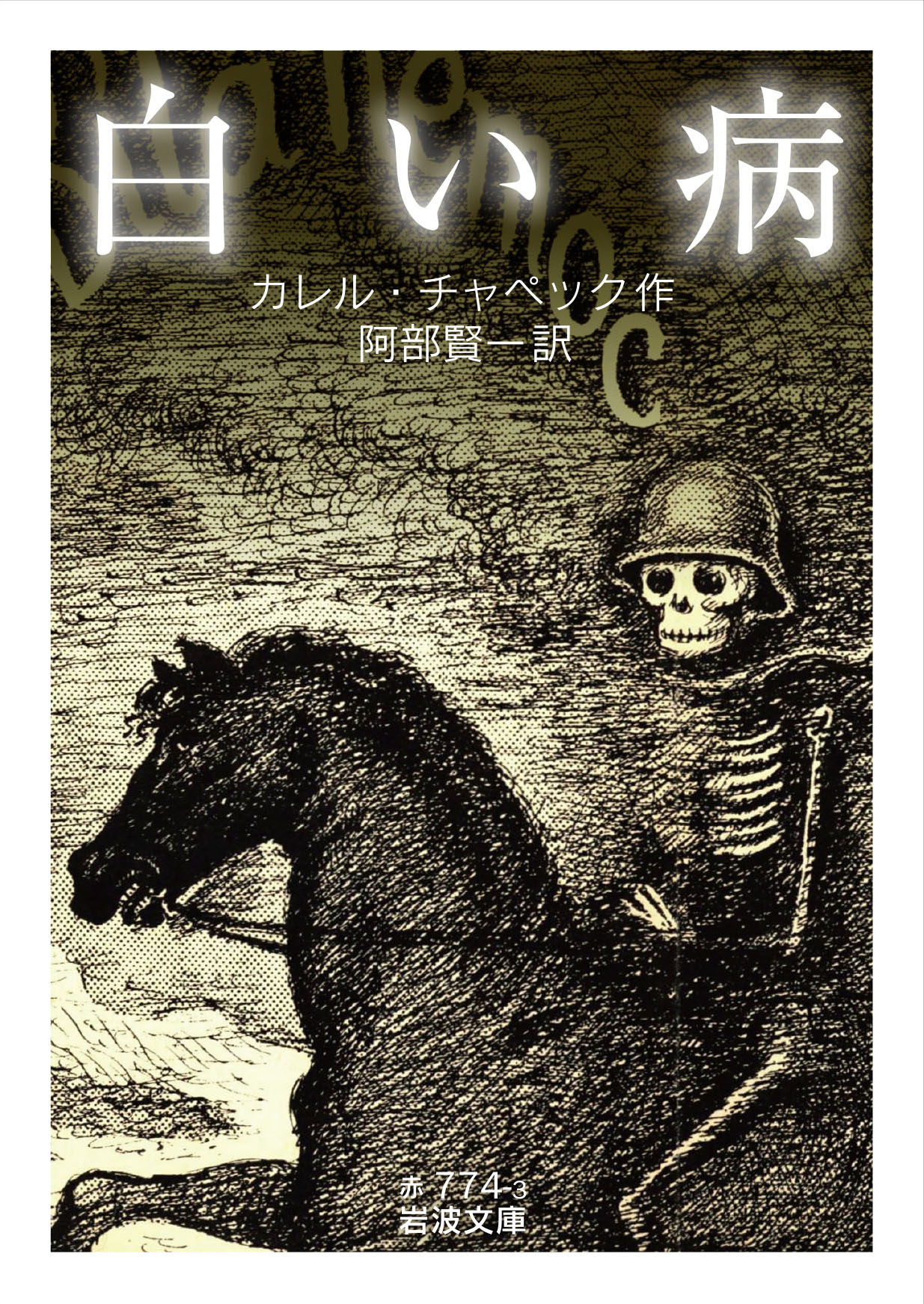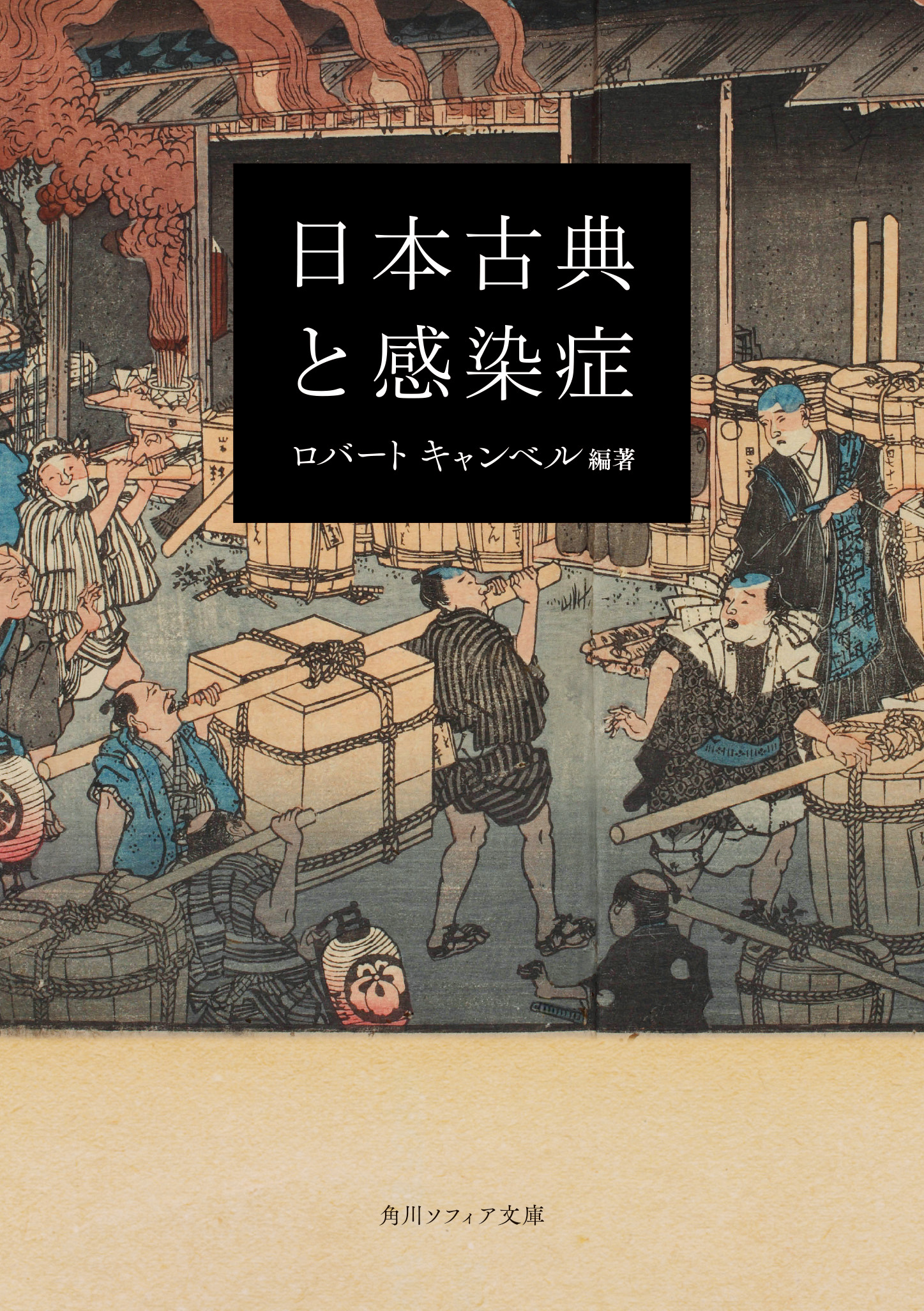
Title
Kadokawa Sophia Bunko Nihon Koten to Kansen-shou (Japan classics and infectious diseases)
Size
336 pages, paperback edition
Language
Japanese
Released
March 24, 2021
ISBN
9784041099421
Published by
KADOKAWA
Book Info
See Book Availability at Library
Japanese Page
In 2020, the COVID-19 pandemic swept the world, drastically changing our daily lives. After a period of severe restrictions on contact and movement, the effects still continue around the world. It goes without saying that over the past few years, approaches and countermeasures against unexperienced diseases have been taken from various perspectives such as medicine, science, politics, and religion, and that the desperate efforts of the people involved have supported society.
In both modern and premodern times, the spread of infectious diseases has threatened people and society. Smallpox, malaria, cholera, typhus, and several other disease names may immediately come to mind. At a time when medical care and science were not as developed as they are today and when it was not possible to identify and deal with viruses scientifically, how did people face and overcome unknown infectious diseases (plagues)? How did society regenerate after a plague crisis? Based on this awareness of these issues, this book traces the records and memories of 1,300 years from the Nara period to the Meiji period, from the Man’yōshū to Natsume Sōseki, and attempts to survey the horizon of infectious diseases. Fifteen scholars of Japanese literature have each written one article on the related issues.
First, Robert Campbell’s “History of Japan Literature in Connection with Infectious Diseases” gives an overview of the book’s awareness of the issues and the overall flow, and forms the vein of the next 14 books.
The articles are arranged in chronological order: SHINADA Yoshikazu’s “The Manyoshu and Tenpyou’s Smallpox Epidemic” in the Nara period; OKADA Takanori, “Heian Period Monogatari, Diaries, and Infectious Diseases: The Sublimation of the Superhuman Feat by Fictions” in the mid-Heian period; and KINOSHITA Hanako, “Epidemics and Prayers Seen in the Hojoki and Youwa Famines” from the late Heian period to the early Kamakura period. Spanning a wide range from the end of the Kamakura, the Nanbokucho period, and Muromachi to the Edo period, we then find Didier Davin’s “Grabbing the Chest of the Gods: Infectious Diseases and the Image of a Rough Zen Monk”; KAWAHIRA Toshifumi’s “Rumors and Classical Literature: Demons, Longhorn Beetles, and Great Earthquakes”; and UNNO Keisuke’s “Literature and Infectious Diseases in the Middle Ages.” You can read about plagues such as smallpox, ague (a type of malaria), 3-day measles, and leprosy, and how social awareness of them, information dissemination, political response, and religious relief manifested.
Seven articles on the Edo period appear next. YAMAMOTO Yoshitaka, “Ancient Chinese Poetry and Infectious Diseases in the Edo Period”; IRIGUCHI Atsushi, “The Underlying Thought on Healing from ‘Enju satsuyō’ to ‘Yojokun’”; KIGOSHI Shunsuke, “Plague Demons in Denki Novels”; OTA Naohiro, “The Wisdom of Villagers Facing ‘Illness’: From the Diary of a Mountain Village”; HIOKI Takayuki, “The Ansei no Cholera Epidemic and Kabuki”; and YAMAMOTO Kazuaki, “Cholera and Bakumatsu Play.” Measles and cholera (korori) epidemics and the way people reacted in the Edo Period can be seen from various genres of literature and records.
In modern times, NOAMI Mariko, “Modern Novels and Infectious Diseases: From Ryurou, Soseki, and Ougai.” Leading figures of modern literature such as Natsume Soseki and Mori Ougai can be seen from the perspective of infectious diseases.
As explained by the author and editor, Robert Campbell, Japanese literature, which has a history of walking with disasters and epidemics, of being hit and reviving, is a rich and diverse resource even in response to the social difficulties of infectious diseases. Even in the difficulties we face today, many words and materials can provide us with experience, wisdom, and salvation. We hope that you will be able to feel a part of this by opening this book.
(Written by KINOSHITA Hanako, Associate Professor, Graduate School of Humanities and Sociology / 2023)



 Find a book
Find a book


